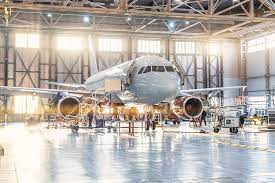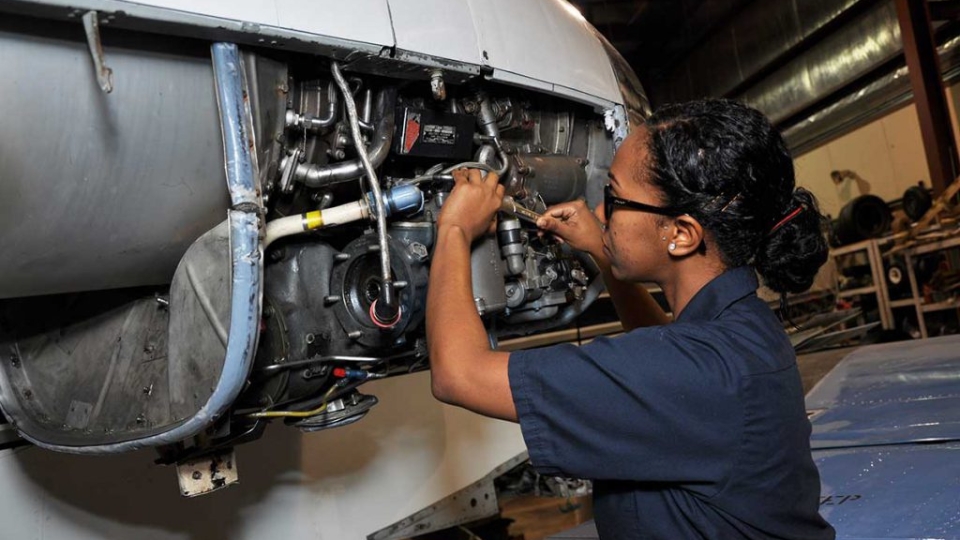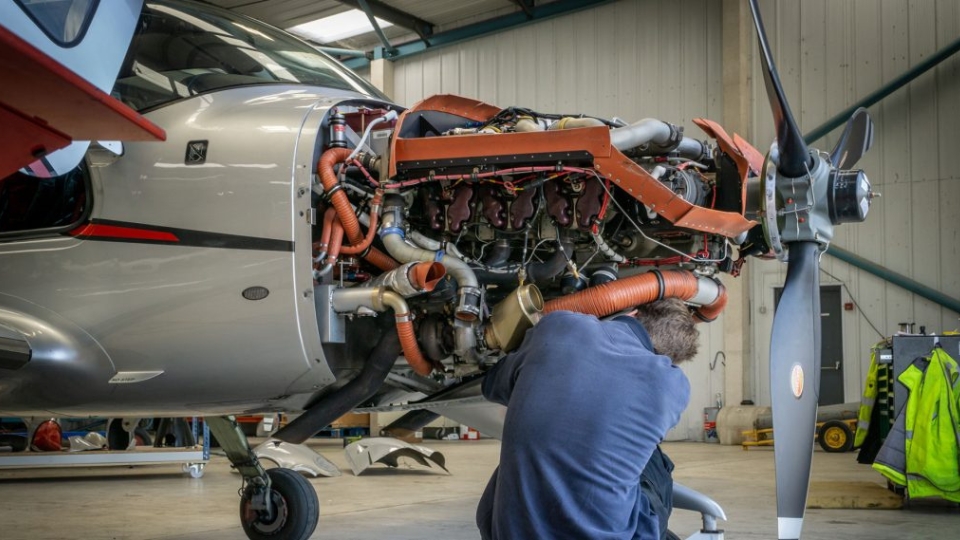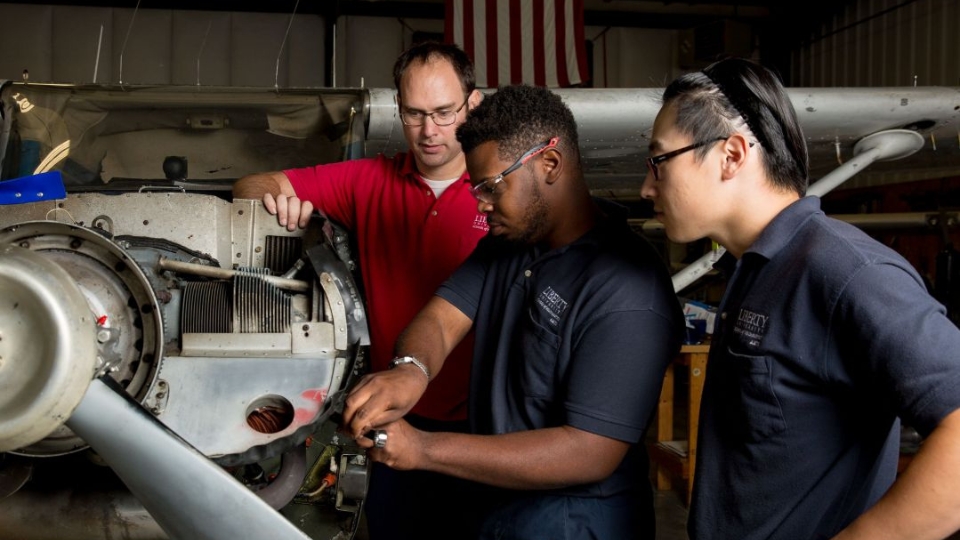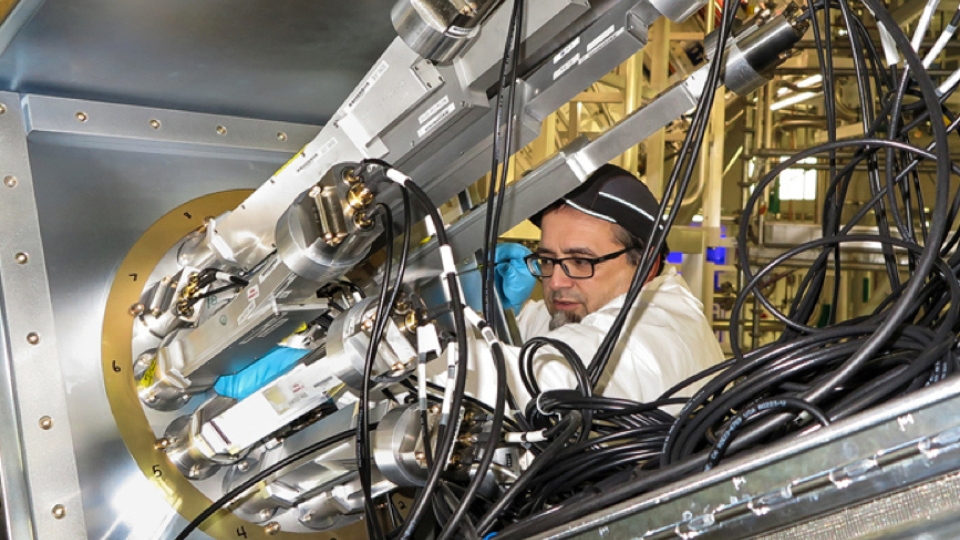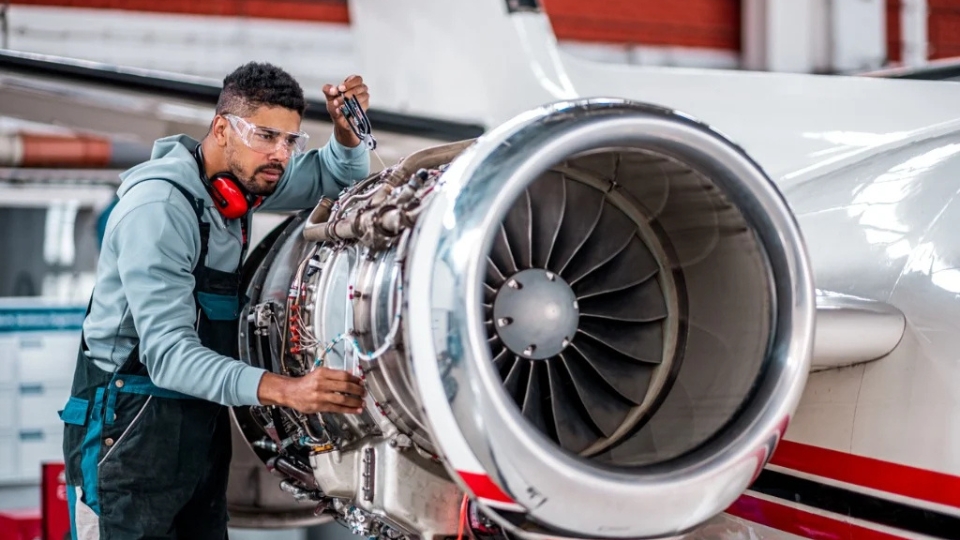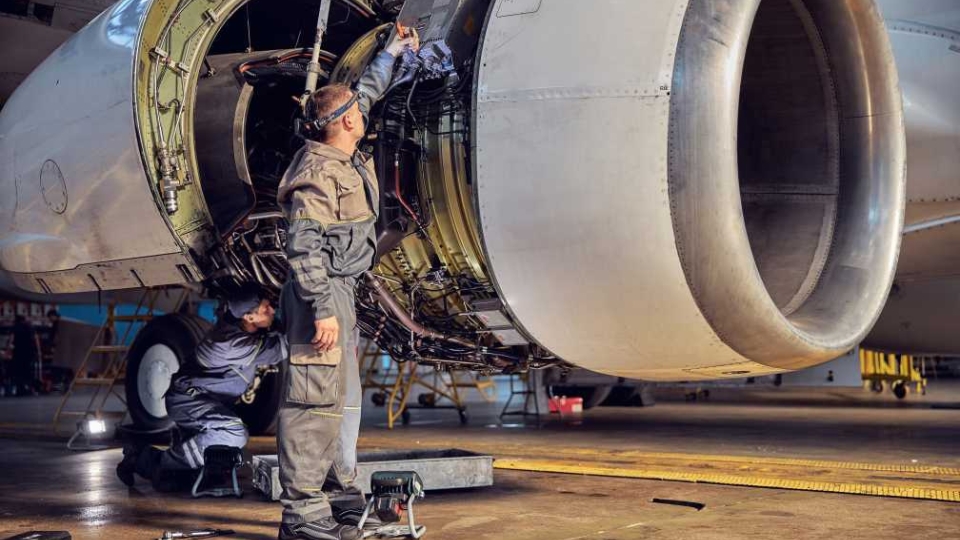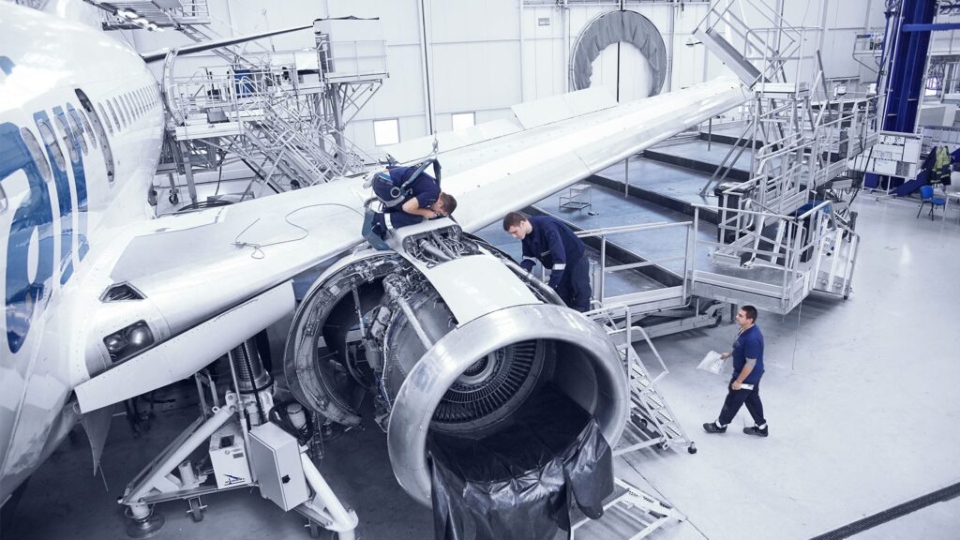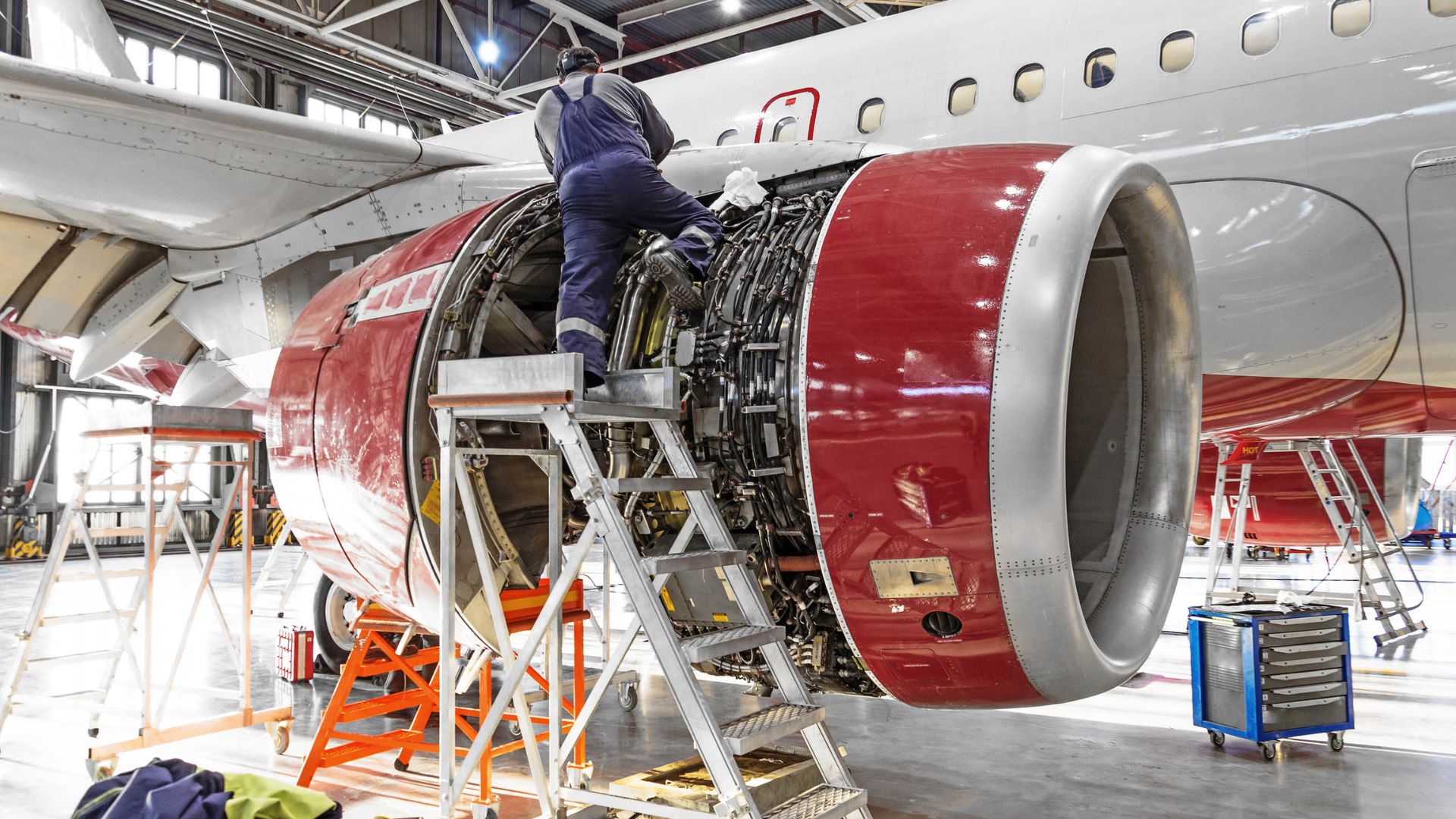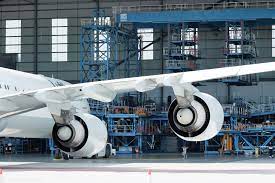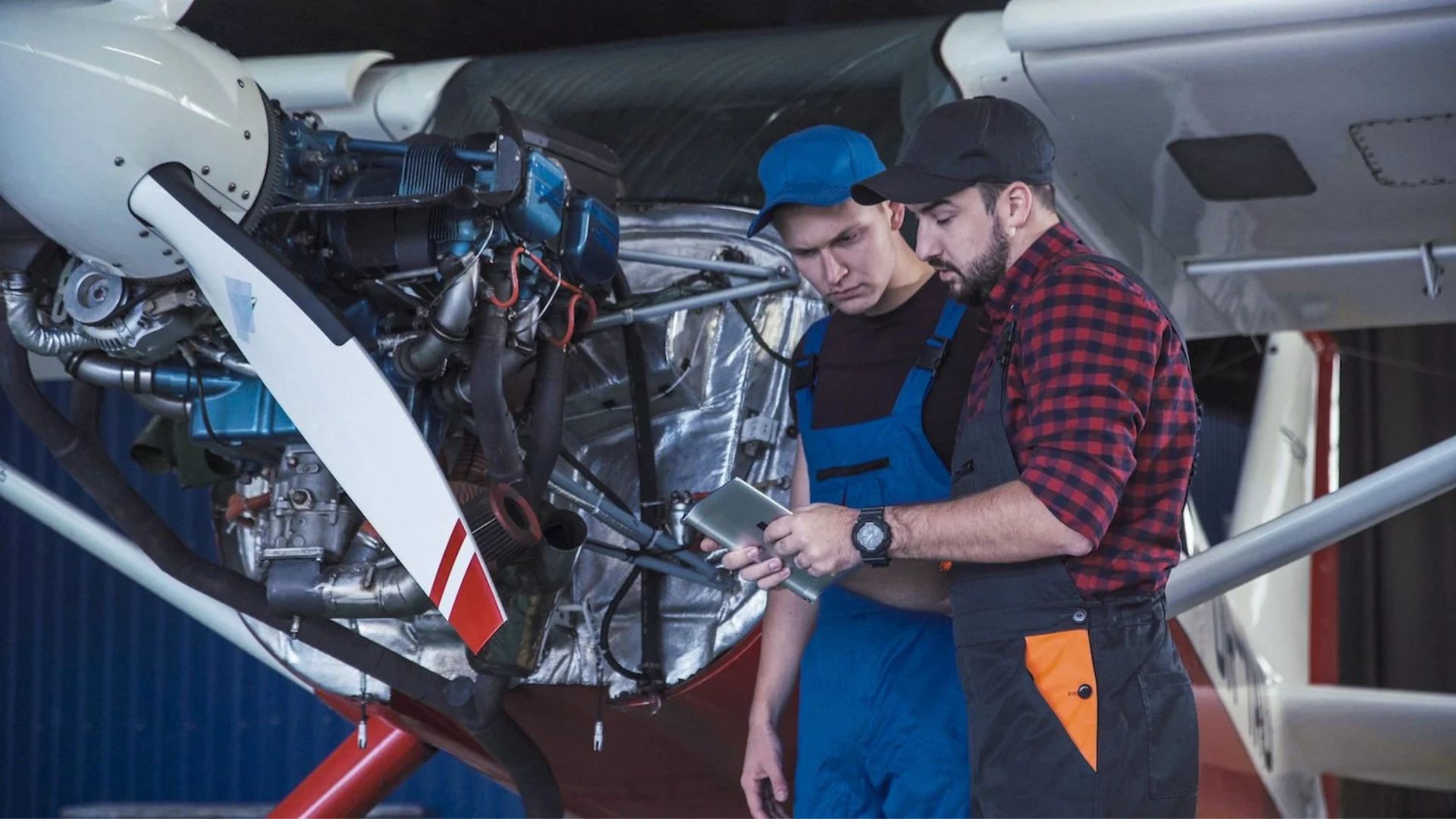Safety, reliability, and efficiency are the pillars of aviation. Superior aircraft maintenance excellence defines aviation standards by ensuring aircraft are thoroughly inspected, properly serviced, and consistently airworthy. Airlines that prioritize high-quality maintenance not only comply with regulations but also build trust with passengers while enhancing operational performance.
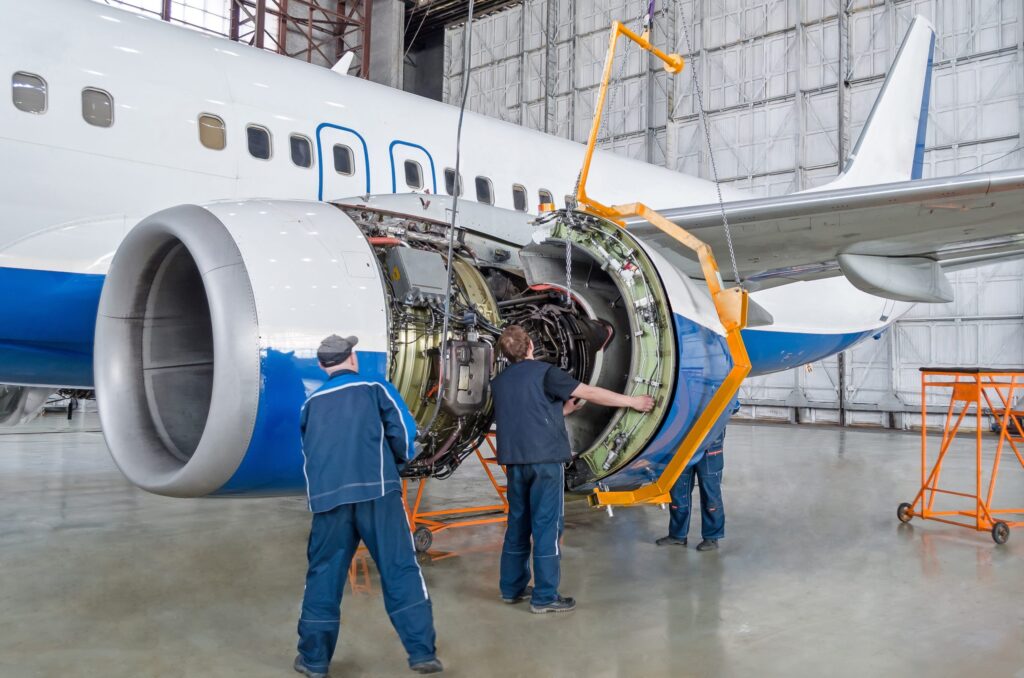
Maintenance excellence defines aviation standards
The Importance of High-Quality Maintenance
Excellence in maintenance goes beyond routine inspections. It involves meticulous attention to detail, following manufacturer guidelines, and continuously improving practices. Maintaining aircraft at the highest standards prevents failures, reduces downtime, and extends the lifespan of both components and aircraft. Meticulously maintained engines, avionics, and landing gear contribute to safer and smoother flights.
Safety as a Core Focus
Aircraft maintenance directly impacts passenger safety. Technicians performing detailed inspections, replacing worn parts, and updating systems ensure that flights operate under optimal conditions. Maintenance excellence minimizes the risk of accidents and technical failures, which are critical to maintaining trust in air travel. Careful checks of hydraulic systems, engines, and control surfaces ensure smooth takeoffs, in-flight operations, and landings.
Operational Efficiency Through Excellence
High-quality maintenance supports operational efficiency. Aircraft that are reliably maintained are less likely to face unexpected breakdowns, allowing airlines to adhere to schedules and optimize fleet utilization. Efficient operations reduce costs, improve on-time performance, and enhance overall service quality. Meticulous upkeep of all aircraft systems ensures that airlines can operate multiple daily flights without delays caused by technical issues.
Regulatory Compliance
Excellence in maintenance also ensures compliance with aviation authorities. Airlines must meet strict standards set by organizations like the FAA, EASA, and ICAO. Maintaining rigorous maintenance protocols prevents regulatory violations, fines, and grounding of aircraft. Documenting inspections and repairs provides evidence of compliance, giving confidence to both authorities and passengers that the airline operates safely.
Technological Advancements in Maintenance
Modern maintenance increasingly relies on advanced technology, including predictive analytics, digital inspections, and real-time system monitoring. These tools enable maintenance teams to detect potential issues before they escalate, improving reliability and safety. Combining skilled technicians with digital tools elevates maintenance practices and helps meet evolving aviation standards. Sensors monitoring engine performance, structural integrity, and onboard systems allow timely interventions to maintain aircraft readiness.
Building Passenger Trust
Airlines known for maintenance excellence earn passenger confidence. Travelers prefer carriers with a reputation for safety and reliability. Maintaining aircraft at the highest standards ensures a smooth travel experience and enhances the airline’s brand image. Visible pre-flight inspections, well-maintained interiors, and smooth operations reassure passengers that the airline prioritizes their safety.
Continuous Improvement in Maintenance Practices
Airlines committed to maintenance excellence continuously evaluate and improve their procedures. Regular audits, staff training, and updates to maintenance protocols ensure that teams stay ahead of industry standards. By fostering a culture of continuous improvement, airlines can adapt to new aircraft technologies and evolving safety regulations, maintaining a consistently high level of operational performance.
The Role of Skilled Technicians
Skilled technicians are the backbone of maintenance excellence. Their expertise, attention to detail, and ability to interpret complex systems ensure that every inspection and repair is carried out effectively. Investing in technician training and certification programs not only enhances aircraft safety but also elevates the overall reputation of the airline in the eyes of passengers and regulatory authorities.
Conclusion
Superior aircraft maintenance excellence defines aviation standards by ensuring aircraft are safe, reliable, and operationally efficient. High-quality maintenance supports regulatory compliance, reduces operational disruptions, extends aircraft lifespan, and builds passenger trust. Airlines that prioritize maintenance excellence achieve safer and more efficient operations while strengthening their reputation in a highly competitive industry. In aviation, exceptional maintenance is the foundation of every successful flight.

